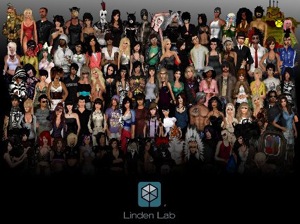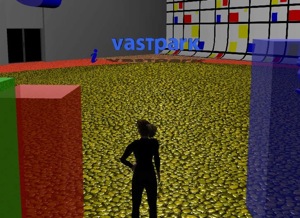![]() 1. Metaplace are previewing some new avatar customisation options on their forums. Don’t forget anyone can register for free to test out Metaplace now.
1. Metaplace are previewing some new avatar customisation options on their forums. Don’t forget anyone can register for free to test out Metaplace now.
2. If you ever needed proof of how Relay for Life in Second Life is going from strength to strength, here it is:
Leaders of the Relay For Life of Second Life travelled to Dallas, Texas this past weekend to participate in the 2009 Relay For Life Nationwide Leadership Summit. The Summit is an annual activity bringing together Relay staff and volunteer leadership for 2 days of training to help each Relay improve and grow. Attendees from Australia, Canada, the United Kingdom and South Africa were joined by Second Life as honored guests. The summit goers attended various workshops designed to arm them with the newest innovations and ideas, reinforce basic Relay activities and share individual ideas and successes.
Relay For Life of Second Life was represented by incoming Event Chair Tayzia Abattoir, co-chair Nuala Maracas and Trader Whiplash. They were joined there by Staff Partner Stingray9798 Raymaker.
Reuel Johnson, the American Cancer Society’s Vice President for Relay For Life specifically cited Relay For Life of Second Life during his opening remarks, noting that the virtual Relay had exceeded its target, raising more than $274,000, had attracted more than 120 teams, and had over 750 years of survivorship represented on the track during it’s opening lap on July 18th.
The avatar of Trader Whiplash, co-winner of the 2009 Spirit of Relay award in Second Life, presented a 3 minute video to the nearly 500 attendees, as part of the Quality portion of the summit.
(Thanks to Belle Loll for the heads-up)
3. Skribe Forti has produced a tasty machinima based in a world called Blue Mars, which is currently in beta:


 The Second Life blogosphere
The Second Life blogosphere
Recent Comments